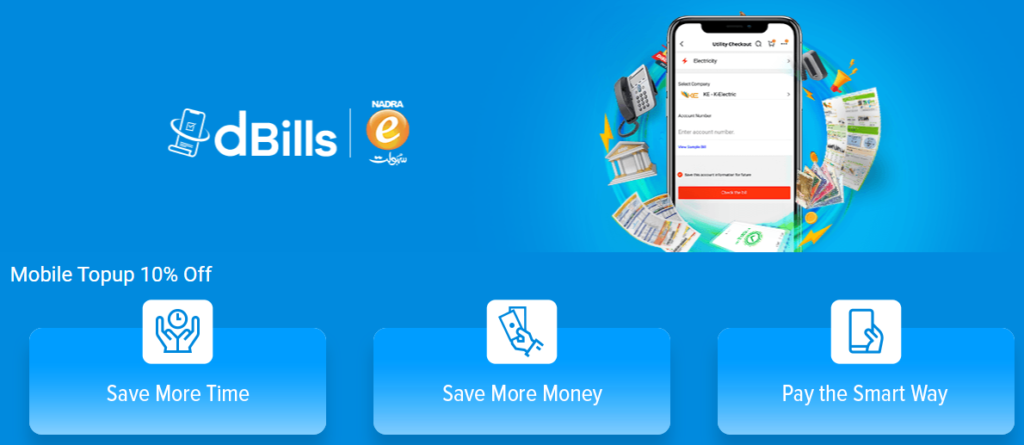E-commerce has revolutionized the way we shop, transforming the retail landscape from brick-and-mortar stores to digital storefronts accessible anytime, anywhere. For businesses, embracing e-commerce isn’t just about staying competitive; it’s about unlocking new opportunities for growth, expanding their reach, and creating personalized customer experiences. This comprehensive guide will delve into the world of e-commerce, exploring its various facets, benefits, and strategies for success.



Understanding E-commerce: A Digital Marketplace
What is E-commerce?
E-commerce, short for electronic commerce, encompasses the buying and selling of goods or services over the internet. It includes a wide range of business models, from online retail to digital marketplaces and online auctions.
Key E-commerce Models
- B2C (Business-to-Consumer): This is the most common type of e-commerce, where businesses sell directly to individual consumers. Example: An online clothing store like ASOS or a furniture retailer like Wayfair.
- B2B (Business-to-Business): This model involves businesses selling products or services to other businesses. Example: A software company selling CRM solutions to other companies.
- C2C (Consumer-to-Consumer): This type of e-commerce connects individual consumers who want to buy and sell products or services. Example: Platforms like eBay or Craigslist.
- C2B (Consumer-to-Business): In this model, individuals offer products or services to businesses. Example: A freelance graphic designer offering services to a marketing agency.
The Growth of E-commerce
E-commerce continues to experience significant growth globally. According to Statista, retail e-commerce sales worldwide amounted to 5.7 trillion US dollars in 2022 and are forecast to grow to over 8.1 trillion US dollars by 2026. This demonstrates the increasing importance of e-commerce for businesses of all sizes.

Benefits of Embracing E-commerce
Expanding Your Reach
One of the most significant advantages of e-commerce is its ability to reach a global audience. Unlike brick-and-mortar stores limited by geographical location, an online store can attract customers from all over the world.
- Wider Customer Base: Tap into new markets and demographics beyond your local area.
- 24/7 Availability: Your online store is open 24 hours a day, 7 days a week, allowing customers to shop at their convenience.
- Lower Overhead Costs: Reduced operational costs compared to traditional retail, such as rent, utilities, and staffing.
Enhanced Customer Experience
E-commerce provides opportunities to personalize the customer experience and build stronger relationships. Collecting customer data allows businesses to tailor product recommendations, offer targeted promotions, and provide personalized support.
- Personalized Recommendations: Use data to suggest products based on customer browsing history and purchase behavior. Example: Amazon’s “Customers who bought this item also bought” feature.
- Targeted Marketing: Segment your audience and create tailored marketing campaigns based on demographics, interests, and purchase history.
- Improved Customer Service: Offer multiple channels for customer support, such as live chat, email, and phone, to provide timely and effective assistance.

Increased Sales and Revenue
By reaching a wider audience and offering a convenient shopping experience, e-commerce can significantly boost sales and revenue.
- Higher Conversion Rates: Streamlined checkout processes and personalized product recommendations can lead to higher conversion rates.
- Upselling and Cross-selling Opportunities: Suggest complementary products or upgrades to increase the average order value.
- Data-Driven Insights: Track key metrics such as website traffic, conversion rates, and customer behavior to optimize your e-commerce strategy.
Building a Successful E-commerce Store

Choosing the Right Platform
Selecting the right e-commerce platform is crucial for building a successful online store. There are several options to choose from, each with its own strengths and weaknesses.
- Shopify: A popular platform known for its ease of use, comprehensive features, and extensive app store. Ideal for businesses of all sizes.
- WooCommerce: A WordPress plugin that offers flexibility and customization options. Suitable for businesses already using WordPress or those seeking more control over their website.
- Magento: A powerful platform designed for enterprise-level businesses with complex needs. Offers advanced features and scalability.
- BigCommerce: A robust platform with built-in SEO tools and marketing features. Suitable for businesses looking to grow their online presence.
Optimizing Product Listings
Creating compelling product listings is essential for attracting customers and driving sales. Each product listing should include high-quality images, detailed descriptions, and relevant keywords.
- High-Quality Images: Use professional, well-lit images that showcase the product from different angles.
- Detailed Descriptions: Provide comprehensive information about the product, including features, benefits, and specifications.
- Relevant Keywords: Incorporate relevant keywords into product titles and descriptions to improve search engine visibility.
- Customer Reviews: Encourage customers to leave reviews to build trust and social proof.

Streamlining the Checkout Process
A seamless and secure checkout process is crucial for minimizing cart abandonment and maximizing conversions. Simplify the checkout process by offering multiple payment options, reducing the number of steps required, and providing clear and concise instructions.
- Multiple Payment Options: Offer a variety of payment options, such as credit cards, PayPal, and Apple Pay, to cater to different customer preferences.
- Guest Checkout: Allow customers to make purchases without creating an account to reduce friction.
- Clear Shipping Information: Provide transparent shipping costs and estimated delivery times.
- Secure Payment Gateway: Ensure that your payment gateway is secure and PCI compliant to protect customer data.
Marketing Your E-commerce Store
Search Engine Optimization (SEO)
SEO is crucial for driving organic traffic to your e-commerce store. Optimize your website for search engines by conducting keyword research, creating high-quality content, and building backlinks.
- Keyword Research: Identify relevant keywords that your target audience is searching for.
- On-Page Optimization: Optimize your website’s title tags, meta descriptions, and header tags with relevant keywords.
- Content Marketing: Create informative and engaging content, such as blog posts, articles, and videos, to attract and retain customers.
- Link Building: Build high-quality backlinks from reputable websites to improve your website’s authority.
Social Media Marketing

Social media is a powerful tool for promoting your e-commerce store, building brand awareness, and engaging with customers. Choose the social media platforms that are most relevant to your target audience and create engaging content that resonates with them.
- Choose the Right Platforms: Focus on the social media platforms where your target audience spends their time. Example: Instagram for visual products, LinkedIn for B2B products.
- Engaging Content: Create visually appealing and informative content that showcases your products and brand.
- Run Contests and Giveaways: Generate excitement and engagement by running contests and giveaways.
- Interact with Followers: Respond to comments and messages promptly to build relationships with your followers.
Email Marketing
Email marketing is a cost-effective way to reach your target audience, promote your products, and drive sales. Build an email list by offering incentives, such as discounts or free shipping, and send targeted emails based on customer behavior.
- Build an Email List: Offer incentives to encourage visitors to sign up for your email list.
- Segment Your Audience: Segment your email list based on demographics, interests, and purchase history.
- Send Targeted Emails: Send personalized emails based on customer behavior, such as abandoned cart emails, welcome emails, and promotional emails.
- Track Your Results: Monitor your email open rates, click-through rates, and conversion rates to optimize your campaigns.
Measuring Success in E-commerce
Key Performance Indicators (KPIs)
Tracking key performance indicators (KPIs) is essential for monitoring the success of your e-commerce store and identifying areas for improvement. Here are some key KPIs to track:
- Website Traffic: The number of visitors to your website.
- Conversion Rate: The percentage of visitors who make a purchase.
- Average Order Value (AOV): The average amount spent per order.
- Customer Acquisition Cost (CAC): The cost of acquiring a new customer.
- Customer Lifetime Value (CLTV): The total revenue a customer is expected to generate throughout their relationship with your business.
Analyzing Data and Making Improvements
Regularly analyze your KPIs to identify trends, patterns, and areas for improvement. Use data to make informed decisions about your e-commerce strategy and optimize your website, product listings, and marketing campaigns.
- Use Analytics Tools: Utilize analytics tools like Google Analytics to track website traffic, user behavior, and conversion rates.
- A/B Testing: Conduct A/B tests to compare different versions of your website, product listings, and marketing campaigns.
- Gather Customer Feedback: Collect customer feedback through surveys, reviews, and social media to understand their needs and preferences.
Conclusion
E-commerce presents a vast landscape of opportunities for businesses seeking growth and expansion. By understanding the different e-commerce models, embracing the benefits of online retail, and implementing effective strategies for building and marketing your online store, you can successfully navigate this dynamic market and achieve your business goals. Continuously monitor your performance, adapt to changing trends, and prioritize customer satisfaction to thrive in the ever-evolving world of e-commerce.

